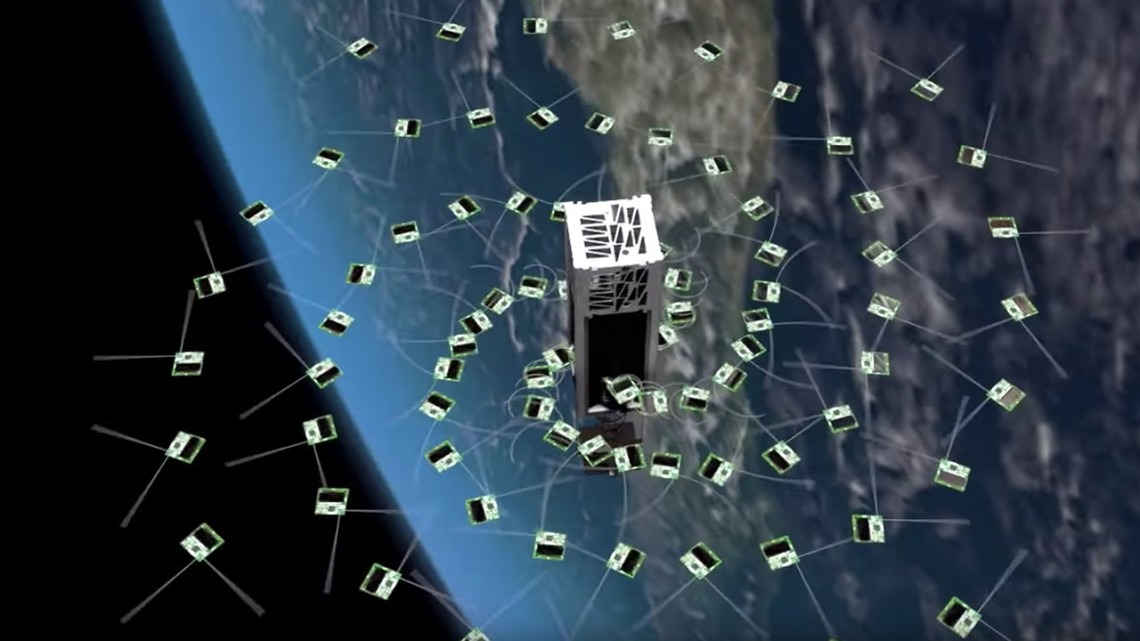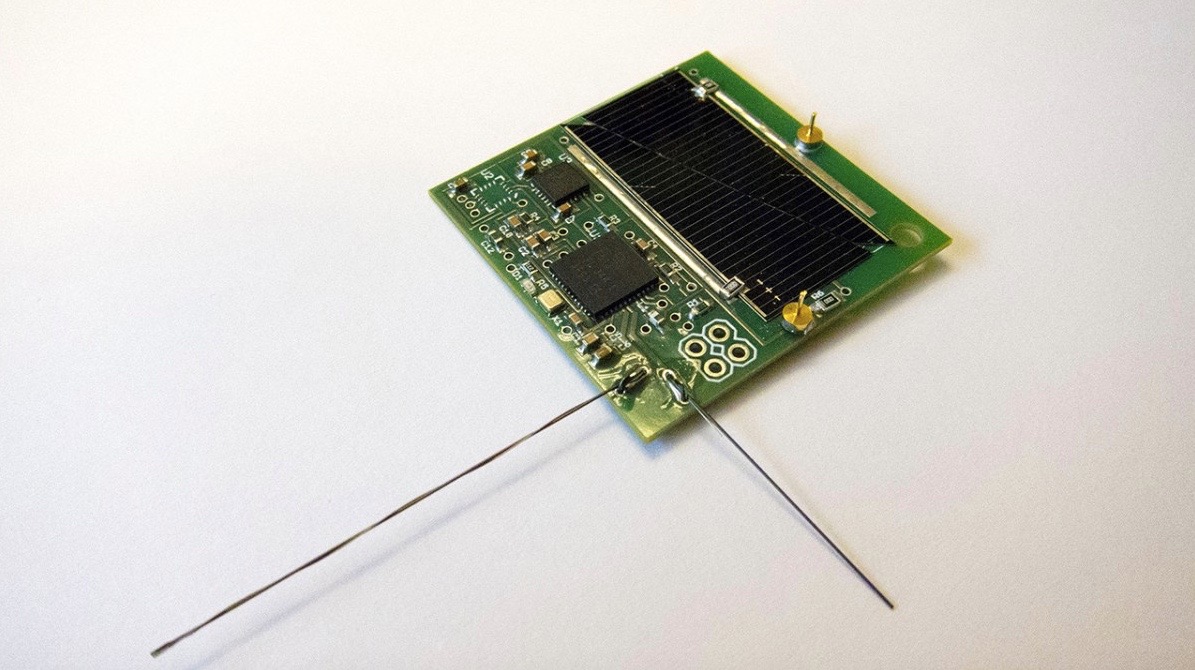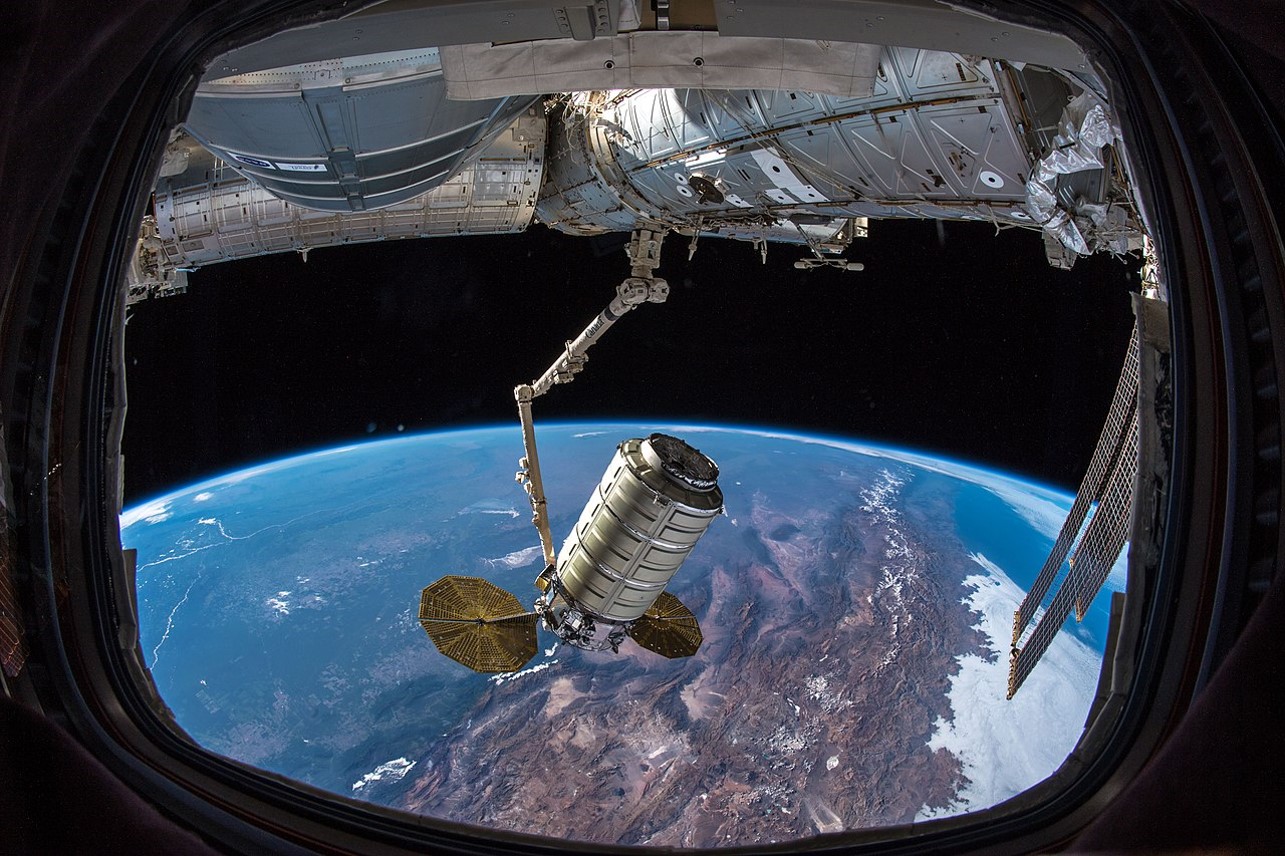
A fleet of tiny satellites has flashed some big potential in Earth orbit.
The 105 cracker-size miniprobes successfully phoned home in March, one day after deploying from their KickSat-2 carrier spacecraft, mission team members announced yesterday (June 3).
"This successful demonstration confirms that incredibly tiny, inexpensive spacecraft are more than just possible — they're real," Mason Peck, associate professor of mechanical and aerospace engineering at Cornell and the director of the university's Space Systems Design Studio, said in a statement.
"KickSat has kick-started the democratic space age," added Peck, who served as NASA's chief technologist from November 2011 to January 2014.
RELATED: Cubesats: Tiny, Versatile Spacecraft Explained (Infographic)

The KickSat project began at Cornell in 2011, and team members — led by Zac Manchester, now an assistant professor of aeronautics and astronautics at Stanford University — developed the little craft with the aid of a crowdfunding campaign.
The chipsats, known as Sprites, weigh 0.14 ounces (4 grams) and cost less than $100 apiece in parts, team members said. Their bodies are square circuit boards measuring a mere 1.4 inches (3.6 centimeters) on a side. Despite this bantam frame, each Sprite features an onboard power and communications system, as well as several sensors.
Get the Space.com Newsletter
Breaking space news, the latest updates on rocket launches, skywatching events and more!
The original Sprite-carrying KickSat launched in April 2014, along with a SpaceX Dragon cargo capsule bound for the International Space Station (ISS). The cubesat deployed successfully into orbit, but the team could not get the Sprites flying freely before KickSat came crashing back to Earth.
But Manchester and his colleagues kept working. They built and loaded up KickSat-2, which launched last November aboard a Northrop Grumman Cygnus cargo craft headed for the ISS. The freighter dropped KickSat-2 off in Earth orbit in February, after departing from the orbiting lab.
The Sprites didn't deploy from the shoebox-size KickSat-2 until March 18. Team members spent the ensuing weeks analyzing mission data, and they have now determined that the chipsats were able to beam down radio transmissions in the 400-megahertz range a day later, using just a few milliwatts of solar power.
On March 21, the Sprites fell back to Earth as expected, burning up in our planet's atmosphere.

The foray was a big success for the little probes, Peck said.
"The goal of the Sprites on KickSat-2 is to demonstrate basic capabilities, one of which is communications that do not interfere with other satellites," he said. "In a few years, we expect game-changing scientific and commercial applications. The next generation has GPS navigation capability and can measure atmospheric behaviors, magnetic fields and so much more."
For example, Peck added, the team is developing a Sprite mission that could fly with CAESAR, a proposed NASA mission that would snag samples from a comet and return them to Earth. (CAESAR is one of two finalists for a mid-2020s launch slot in NASA's New Frontiers program of medium-price missions. The other finalist is Dragonfly, which would explore Saturn's huge moon Titan.)
And Sprite technology, or offshoots of it, could eventually venture much farther afield. After all, Manchester is a member of the advisory committee for Breakthrough Starshot, which is trying to develop tiny laser-sailing "Starchips" that could explore exoplanets up close.
Breakthrough Starshot is assessing whether its approach is feasible. If all goes well, the project could launch its first interstellar mission in 30 years or so.
- Cubesats: Tiny Payloads, Huge Benefits for Space Research
- Tiny Satellites Pose a Swarm of Opportunities — And Threats
- Cosmic Kickstarter: How Crowdfunding Helps New Space Projects Launch
Mike Wall's book about the search for alien life, "Out There" (Grand Central Publishing, 2018; illustrated by Karl Tate), is out now. Follow him on Twitter @michaeldwall. Follow us on Twitter @Spacedotcom or Facebook.
Join our Space Forums to keep talking space on the latest missions, night sky and more! And if you have a news tip, correction or comment, let us know at: community@space.com.

Michael Wall is a Senior Space Writer with Space.com and joined the team in 2010. He primarily covers exoplanets, spaceflight and military space, but has been known to dabble in the space art beat. His book about the search for alien life, "Out There," was published on Nov. 13, 2018. Before becoming a science writer, Michael worked as a herpetologist and wildlife biologist. He has a Ph.D. in evolutionary biology from the University of Sydney, Australia, a bachelor's degree from the University of Arizona, and a graduate certificate in science writing from the University of California, Santa Cruz. To find out what his latest project is, you can follow Michael on Twitter.









